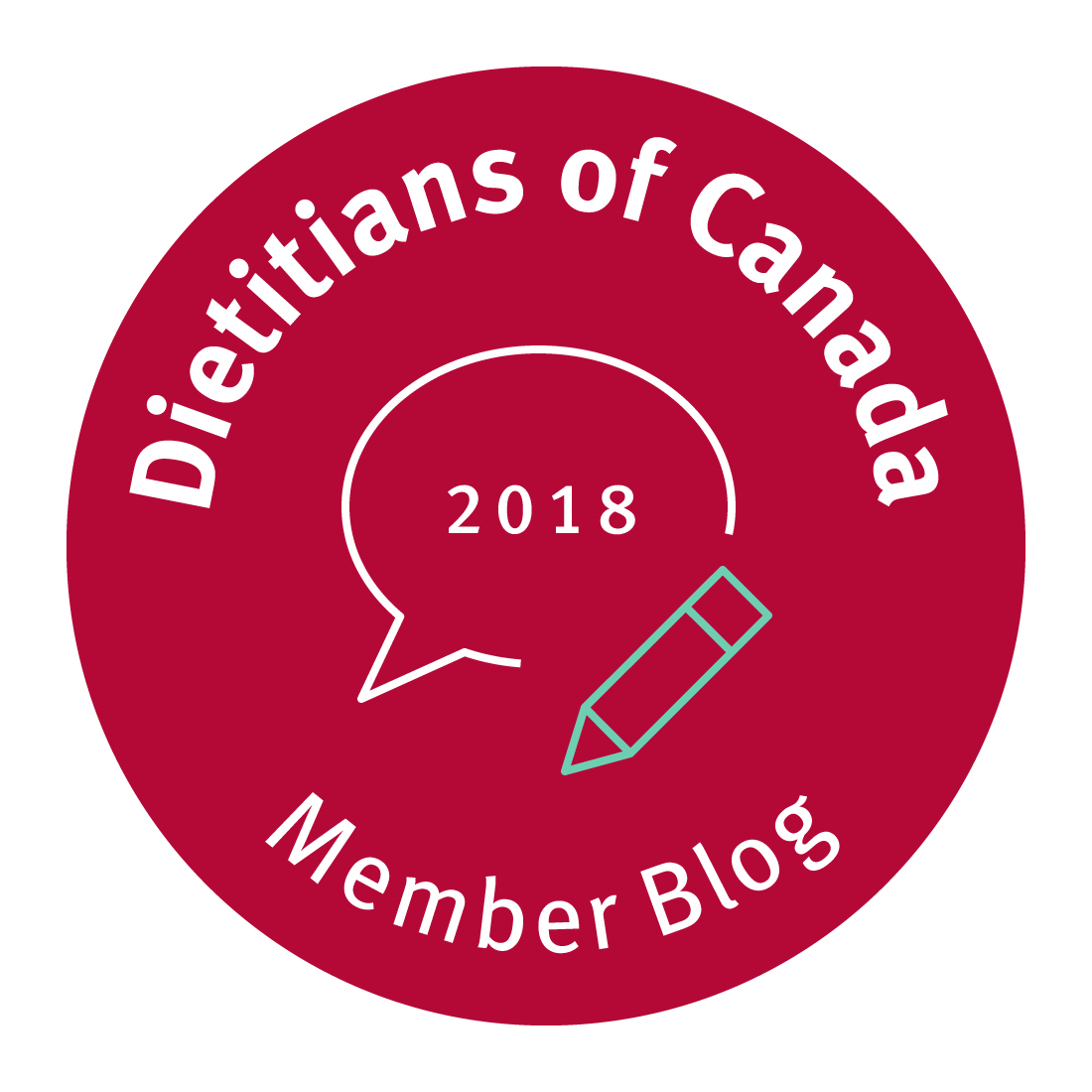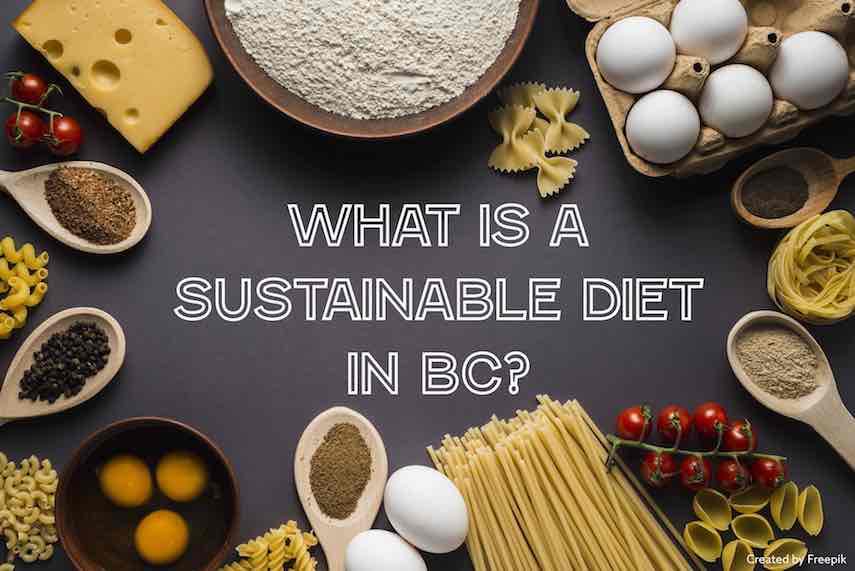So much is focused on what to eat for better health. Increasing attention is also placed on the environmental sustainability of our food choices. Learn how you can support both.
A plant-based diet has taken center stage following th release of Health Canada’s Guiding Principles. People want advice on how to eat well, but also on how to choose foods that support environmental sustainability. As a dietitian, chef, husband and father of an 11-month old girl, I place a high priority on the health of my family, our food system and my community. These priorities align with what a sustainable food system is all about. So, how can we choose foods that are both good for us and the environment? Read on to find out!
Plant-based eating doesn’t necessarily mean plant exclusive.
Recommendations in the current version of Canada’s Food Guide are in strong alignment with a number of evidence-based eating patterns like the DASH diet and Mediterranean diet. In addition to being plant-based, these patterns of eating also recommend small amounts of meat, fish, poultry and dairy because of their importance in human growth, development and disease prevention.
Most Canadians could strive to eat more fruits, vegetables, beans, nuts and whole grains to support better health. At the same time, this doesn’t mean foods that come from animals should be forgotten. In fact, research points to the importance of including some animal products in order to grow food sustainably.
If following Canada’s current food guide is good for me, is it also good for the environment?
Simply stated, yes. If Canada, the United States, and a number of other countries actually followed their current national dietary guidelines, global levels of greenhouse gas emissions (GHGs) and land use would decline and oxygen quality in lakes and other bodies of water would improve.
Is the food currently grown in BC sustainable?
A recent report on the sustainability of the Southwest BC food system concluded the current food system is not sustainable and BC needs to adjust how, what and where crops are planted, as well as the composition of its food choices. Namely, the report called for more plant sources of protein such as legumes, alongside maintaining egg and dairy production. This sounds an awful lot like the current Canada’s Food Guide!
Top tips for a healthy, sustainable diet:
Taking steps to make more sustainable food choices is something we can all do. Here are my top tips:
- Buy local when possible: Supporting your local farmer is a great way to promote fewer resources used to produce and transport BC’s food.
- Shop for in-season food.
- Reduce food waste: Check out these top tips from the University of British Columbia to reduce your food waste. Interestingly, most food waste in Canada comes from consumers and our individual choices.
- Follow Canada’s Food Guide: To assess how well you follow Canada’s Food Guide, try FoodTrack: Check on Balance.
Conclusion:
How we collectively strike a balance between the types and amounts of plants and animals in our diet is pertinent to both long-term ecological balance and nutrient demands for our population. What this means for Canadians is the need to adjust the type and amount of foods we eat to align more closely with our national dietary guidelines. That is how we will see benefits to both our health and the environment.

